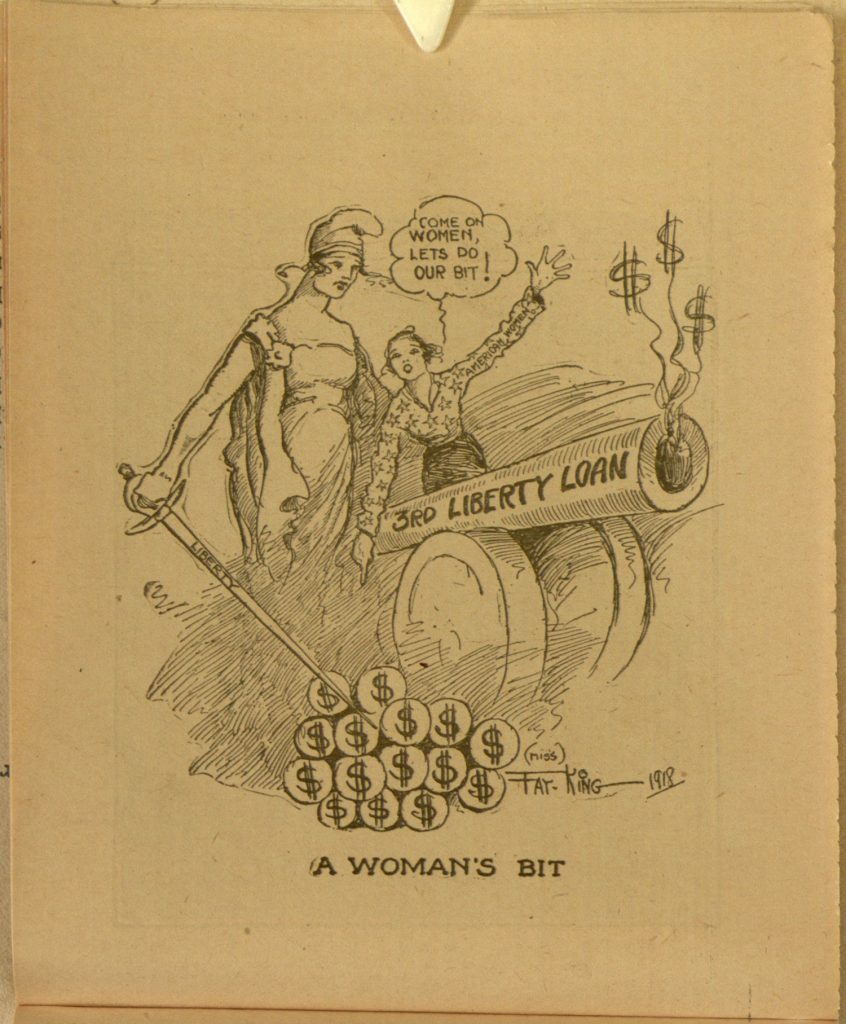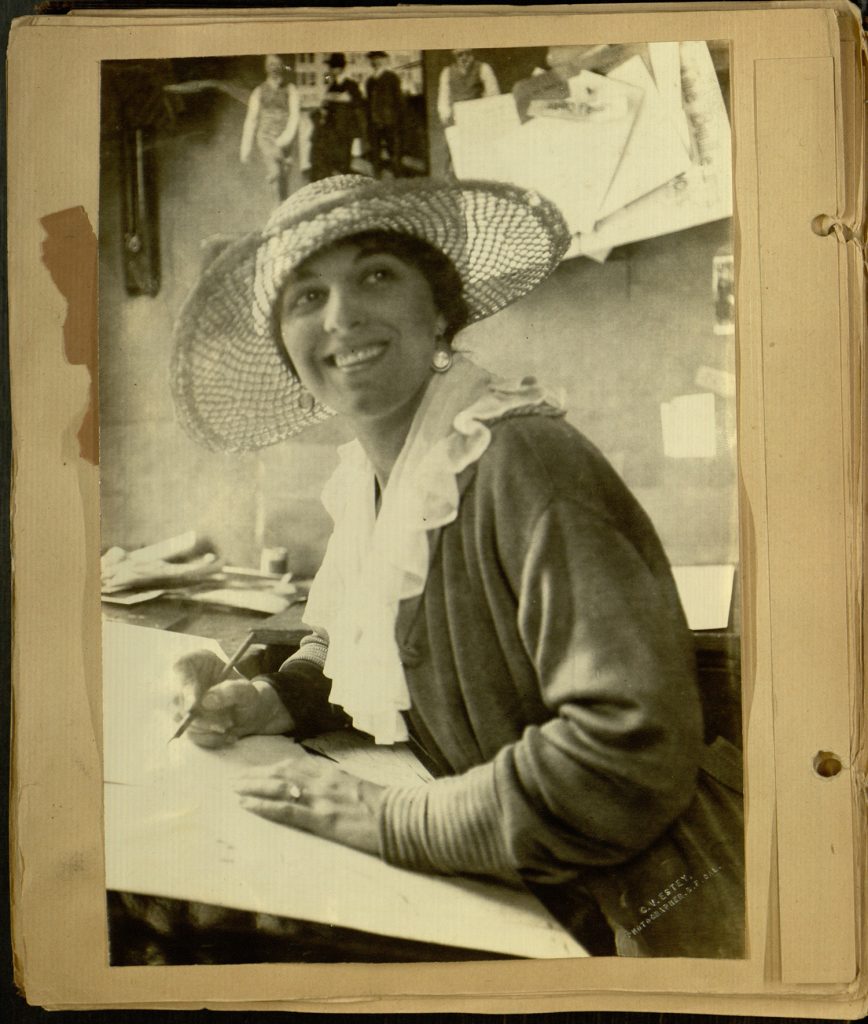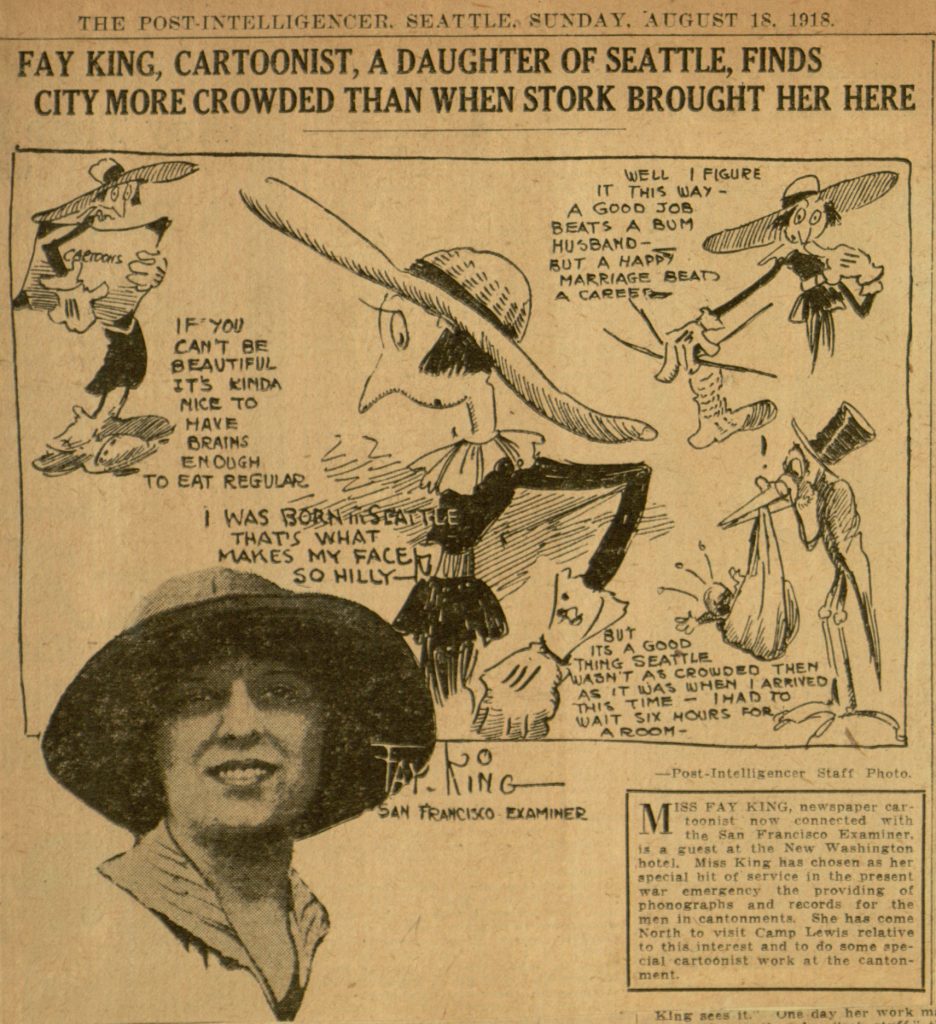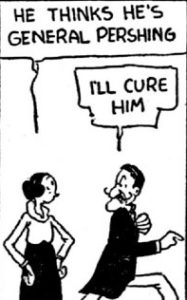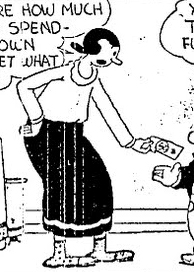“Igdoof”: The precursor to “Diary of a Wimpy Kid” on the Villanova Digital Library
American cartoonist Jeff Kinney is widely known as the creator of the successful children’s book series Diary of a Wimpy Kid. The series was first published in 2004 on the website FunBrain, followed by a print series starting in 2007. Since then, the popular franchise has seen 18 main entries, as well as several supplementary books and spin-off projects. While characters like Greg Heffley, Rowley Jefferson, and Manny Heffley are widely recognizable by both children and adults, a lesser-known character created by Kinney is Igdoof.
Igdoof was the eponymous protagonist of a comic strip that Kinney wrote and illustrated as a university student from 1989 to 1993. The series was originally published from September 8, 1989, to April 20, 1990, in The Villanovan, volume 65, issues 1-20; the rest of the series was published by the University of Maryland’s newspaper after Kinney transferred there. Unlike Kinney’s later creations, Igdoof did not feature entirely child-friendly humor, but was instead aimed at a college-student audience. In the comic strip, the character of Igdoof gets into trouble and has a hard time adjusting to college life, generally to comical effect. Sometimes, he makes jokes at the University’s expense.
Kinney attempted to continue Igdoof in professional newspapers after his time at the University of Maryland, but never actualized this goal; this 1994 article from The Washington Post provides context for this period in Kinney’s career. However, Kinney was able to rework various aspects of Igdoof in Diary of a Wimpy Kid. While the jokes in Igdoof were often inaccessible to or inappropriate for younger children, the comic strip nonetheless influenced Kinney’s famous children’s book series. Several characters in Diary of a Wimpy Kid are based on Igdoof characters, most notably Greg Heffley’s younger brother Manny Heffley, who bears a strong resemblance to Igdoof himself.
All Igdoof comic strips from the 1989 and 1990 issues of The Villanovan have been digitized and are available to view on the Villanova Digital Library. Later Igdoof stories have been digitized by the University of Maryland and are available to view here. Falvey Library also offers digital access to several entries in the Diary of a Wimpy Kid series, including Big Shot, The Deep End, and Diary of a Wimpy Kid (Special Disney+ Cover Edition).
Note: In recent years, Igdoof has attracted the attention of the internet’s lost media community, which seeks to track down and preserve media that is in danger of becoming lost to history. This page on the Lost Media Wiki website chronicles the attempts at uncovering the comic strip, which was believed to be lost for a time. The website credits Villanova University with making Igdoof available, but provides a hyperlink to digitized copies on the Internet Archive, rather than the Villanova Digital Library.








